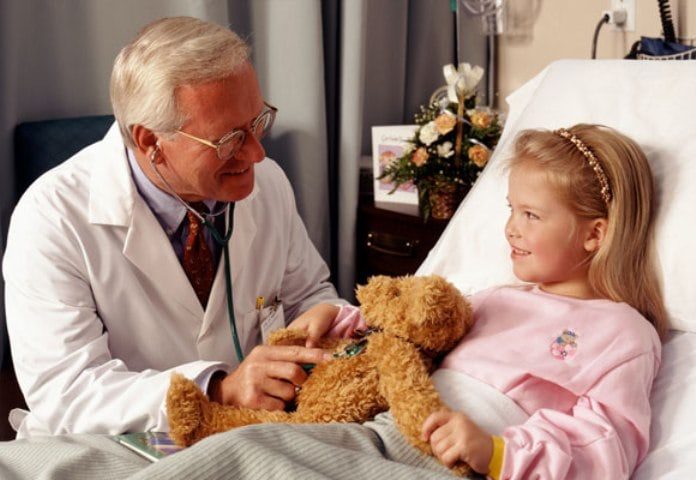“Over 1,000 hospitals out of the approximately 5,700 across the US will either close or merge with larger hospitals or healthcare systems in the next five to ten years according to some predictions. The reality of the situation is that many hospitals can no longer go it alone. They must look for partners to help bridge the gap between a current reimbursement model that pays on a “per click” basis to one that emphasizes shared savings, shared risk, population health and a trend towards “mega capitation”, advises Tom Gibney, Chief Financial Officer, St. Luke’s Cornwall Hospital / Newburgh.
A speaker at the marcus evans National Healthcare CFO Summit Fall 2014, Gibney believes that regardless of whether or not a hospital falls into a Medicaid expansion state, Healthcare CFOs must quickly determine the reimbursement effect of the expected uptick in insured patients, given the heavy financial burden borne by patients in the health exchange plans, primarily those in the bronze and silver buckets.
For example, in New York, approximately one million individuals signed up for insurance under Obamacare; 650,000 qualified for Medicaid with the remaining 350,000 signing up for one of the four health exchange plans, with the majority of those folks choosing the less expensive, but higher out-of-pocket cost, bronze and silver plans. “Collecting from this patient population could be a significant challenge for hospitals going forward. It is a significant unknown but too early in the process to identify what burden it will place on us,” Gibney explains.
“CFOs have to approach this new reality with their eyes wide open. On the surface, a patient who presents an insurance card (who never did before) is a good thing. But the positive feeling that comes from that experience can quickly evaporate if in the end, the visit or procedure is not fully paid for.”
So far in 2014, St. Luke’s Cornwall Hospital has seen its Medicaid population increase while its self-pay population has gone down. “In a vacuum, that is a good thing. All other things being equal, this provides us with more direct reimbursement for those patients compared to last year. The flip side of the equation is that a lot of work may be involved in collecting the ultimate amount we are due.”
He concludes: “To survive financially, hospitals may need to proactively seek out partners. Most hospitals have extracted as much as they can out of the cost side of the equation. The next step is to play to a bigger patient audience, take-on-risk, share savings, and reap the benefits of economies of scale. The only way to achieve those goals is to partner with other hospitals or healthcare systems. When a State as big as New York announces a stated goal of reducing avoidable hospitalizations and ER visits by 25 percent over the next five to ten years, is there any other choice?”
Interview by Sarin Kouyoumdjian-Gurunlian, Press Manager, marcus evans
For more information, please contact Laurel Zevitz at l.zevitz@marcusevansch.com






















